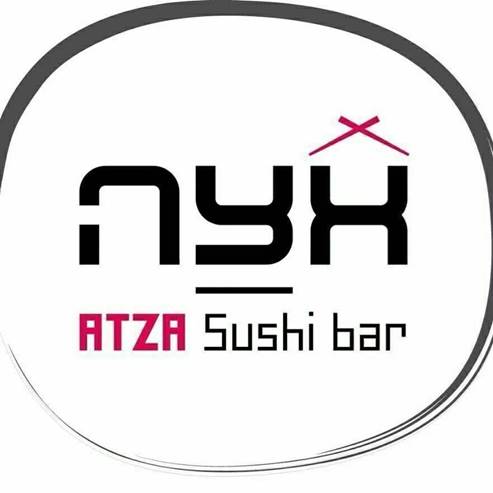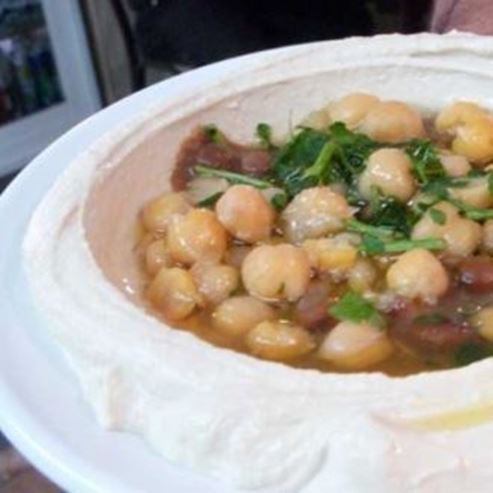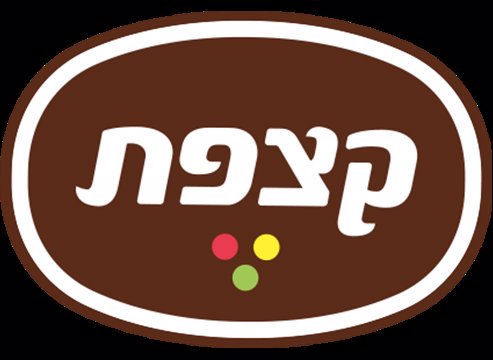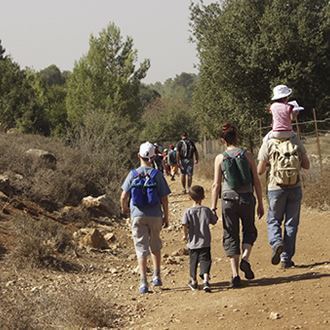Sde Telem - Enot Telem National Park
Visit the site
The Einot Telem National Park is part of the Jerusalem Metropolitan Park, looked after by the Israel
Nature and Parks Authority. The park conserves a landscape of tiny springs and ancient terraces, and a
local settlement site. A stone playground has recently been installed on the site, a tribute to childhood
games. Come for a stroll and to play.
Main points of interest:
A one-of- a-kind stone playground
Small springs and farming terraces
Settlement site
Viewpoints
Lookout point from the terrace where the springs flow, above the settlement site
Israel Nature and Parks Authority activities to improve visitor services and preserve the site
The Authority has allocated a car park and a picnic area, as well as an accessible path for people with
disabilities and strollers, and a bicycle path. The bicycle path is part of the Jerusalem Metropolitan Park.
The Authority has also preserved the terraces and cleaned the springs.
How to get here:
From Jerusalem: At the Moza interchange (Route 1) turn towards Mevasseret Zion. Around 40 m after
the turning, turn right on a gravel road, and after around 600 m you will reach the site’s car park.
From Tel Aviv: Enter the Beit Zeit access road, but instead of turning right continue for around 450 m
parallel to Route 1 towards Mevasseret Zion. Go under the Route 1 bridge and turn immediately right
onto the gravel road.
Background
Einot Telem (Eiyon Tolma) is a group of tiny springs which flow where Nahal Luz (Wadi Luza) and Nahal
Halilim come down from the north and join Nahal Sorek. This part of Nahal Sorek is known by the name
of Emeq HaArazim.
Einot Telem is a National Park, and the Israel Nature and Parks Authority has renovated the site: they
have cleaned the springs and the rock faces beneath them, and set up pools around these tiny springs.
When the work was going on at the site, the remains of the walls of ancient buildings were discovered,
whose foundations were probably laid in the Byzantine period.
At the bottom of the steps there is a courtyard where pomegranate trees, fig trees and vines grow. An
old two-storey building stands in the courtyard next to a large reservoir (15x5 m). An underground canal
brings water from the spring beneath the structure into a small pool (4X5 m) which is around 1.5 m
deep.
Trip route
From the car park and the campsite you can take one of two trails: the upper or the lower. The upper
trail is the dirt track to Nahal Halilim. There are large rocks with information about the area set up along
the trail. Each rock presents information linked to either the rock before or the rock after it. For example,
one rock asks what the origin of the name Nahal Halilim is, and the following rock has the answer: the
origin of the name is the whistling of the wind blowing through the holes in the caves along the stream.
There are 35 such rocks spread along the stream.
The upper trail reaches Einot Telem and joins the paved path for bikes, strollers and wheelchairs (the
lower trail). Along this trail there are giant stone versions of well-known childhood games. Families and
groups are welcome to roll up their sleeves, pick up their playing pieces (stones, of course) and start to
play.
Some of the games are spread out across the area, and others are on a long games table with stone
stools. Next to the games, some of which are very old, are instructions on how to play, the rules of the
games and some explanations. For example, the explanation next to the draughts board reports that the
origin of the game was probably in Ur Kasdim, and that in Iraq a board has been found from the year
3000 BC. In Ancient Egypt, paintings from 1600 BC show an ancient version of draughts called El
Quran.
Participants can choose how to play: you can use people as playing pieces on the giant boards, or you
can use stones or anything else. Children will enjoy the games and adults will enjoy the childhood
memories they bring back. In the spring the experience also includes vegetable patches growing onions
and other bulbs, which the Israel Nature and Parks Authority has brought here from sites in the area
having work done to them.
The development of the Sadeh Telem Park is part of the Jerusalam Park initiative, in which the
Jerusalem Municipality, the Jerusalem Development Authority, the Israel Nature and Parks Authority
and the KKL all participate. Work on the site and its maintenance are the responsibility of the Jerusalem
Development staff of the Israel Nature and Parks Authority.
The curator of the park is Avivit Gera. The design and sculptures were handmade by Yael and Ofer
Kotler, and Hedva Lahav is the games advisor.
Settlement site
The two-storey building at the site is a remnant of the small Hebrew settlement of Beit Tolma. In 1906
Aharon Eisenberg and chemist Dov Klimker bought a 230-dunam plot of land. Klimker thought that they
needed to make full use of the agricultural produce: after setting up an alcohol factory in Rishon LeZion,
he hoped that he would be able to produce lubricating oil from olive waste (the waste left over from lives
after oil has been extracted) at Beit Tolma. The factory, named Hermon, closed in 1911 due to lack of
economic viability.
After this, a group of workers settled in the area. They nicknamed their village the ‘Cypress Valley’,
named after the trees planted there. At the time only few people could tell the botanical difference
between cypresses and cedar trees, and this is where the name ‘Cedar Valley’ came from. Members of
the group tried to make a living from farming, but their plan did not work and they left the site in 1919.
In 1922 eight Jewish families from Jerusalem settled here. They made their living from handicrafts such
as making tefillin and shoes out of leather. The big pool next to the two-storey house was used in the
leather-tanning process, and long-time residents of Moza tell us that a bad smell came from the pool in
those days. One of the residents was the famous painter and calligrapher, Shlomo Yedidya.
In the clashes of 1929, one of Beit Tolma’s Arab neighbours saved the residents from attacks by
marauders, but the village was then abandoned. Another attempt to settle it was made in 1934, but that
did not go well either. Today the site is part of the Jerusalem Park, and is being given a new lease of
life
- Type
- Hiking
- Region
- Jerusalem Area
- Locality
- Jerusalem
- Length
- The full route: about 800 m, the accessible route: about 300 m.
- Duration
- 1-2 Hours
- Recommended season
- Spring, Summer, Autumn, Winter
- Difficulty level
- Easy
- Starting point
- Emeq HaArazim (map)
- Ending point
- Emeq HaArazim (map)
- Special equipment
- Hat and shoes
- Precautions
- Drive carefully.
- Parking
- Parking
- Accessibility
- Accessible
- Circular
- Circular
- Drinkable water
- Drinkable water
- Suitable for children
- Suitable for children
- Picnic suitable
- Picnic suitable
- Phone
- +972-2-6232191
- Fax
- +972-2-5795274
- mh.har@npa.org.il
Similar trails
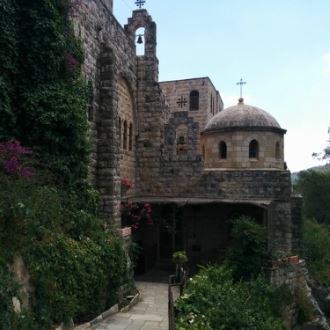
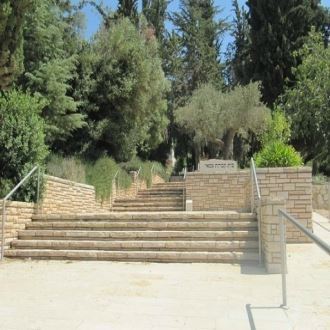
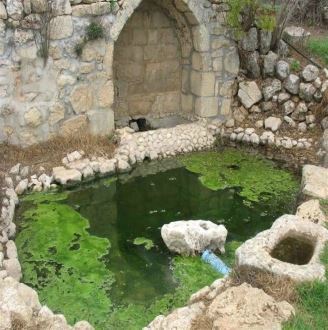
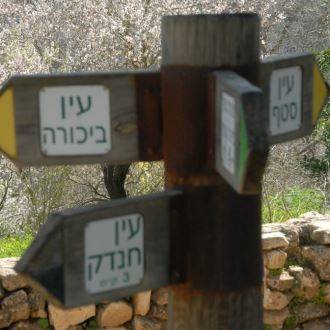
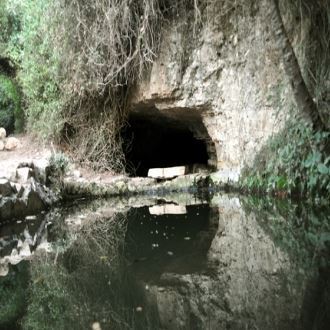
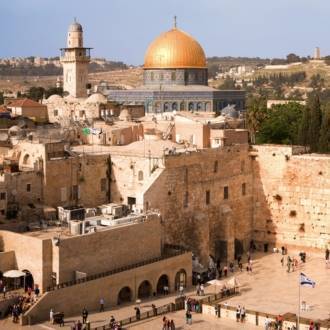
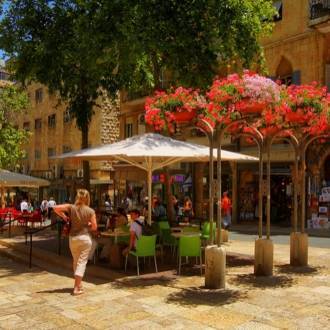
Nearby attractions
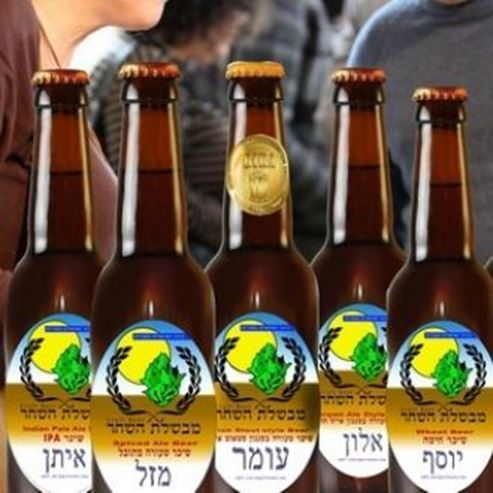
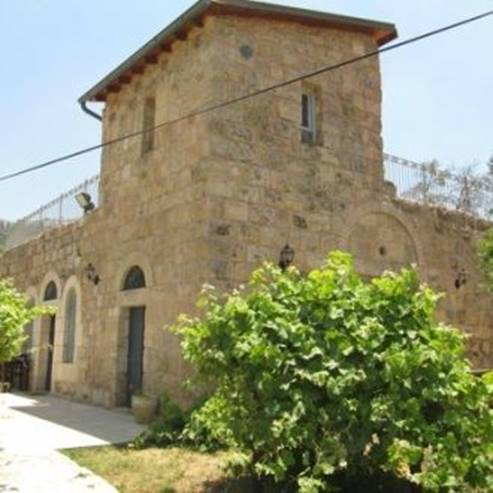
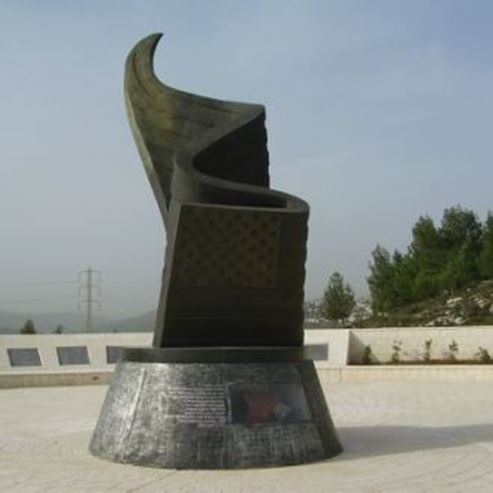
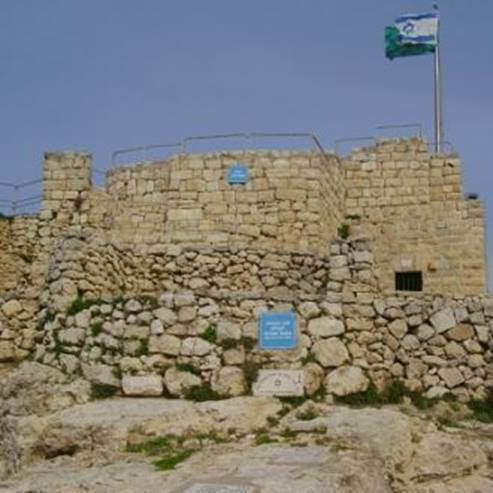
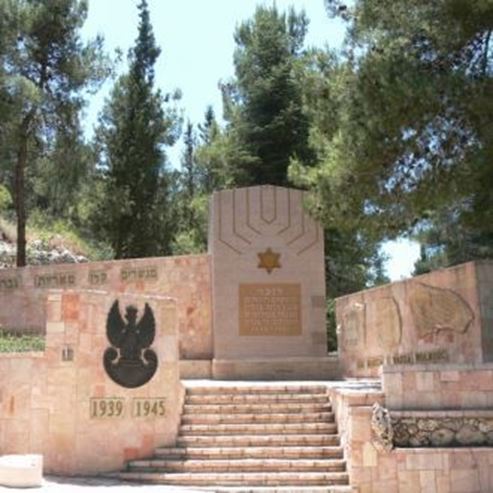
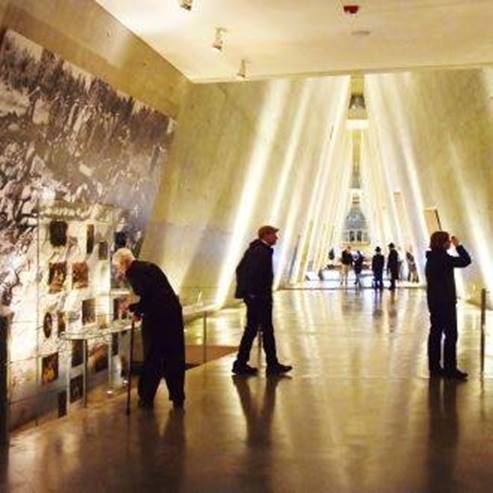
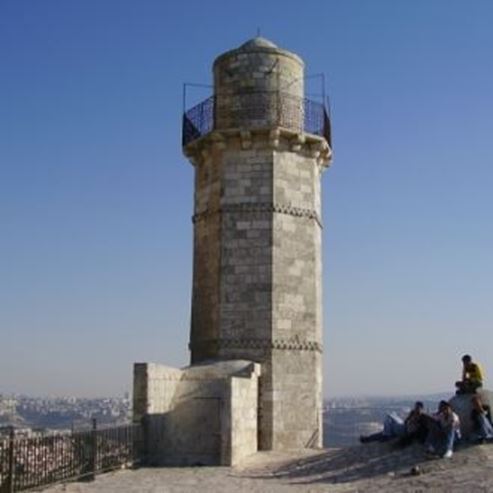
Nearby restaurants
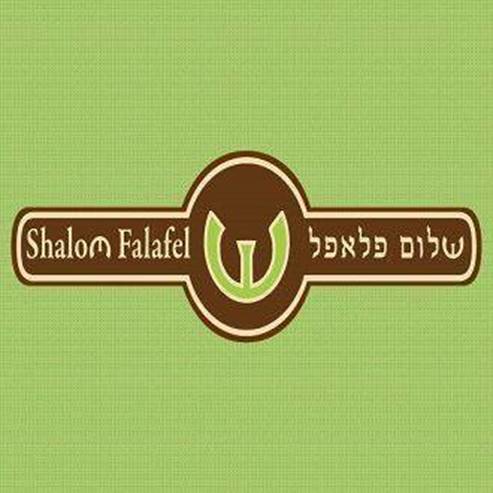
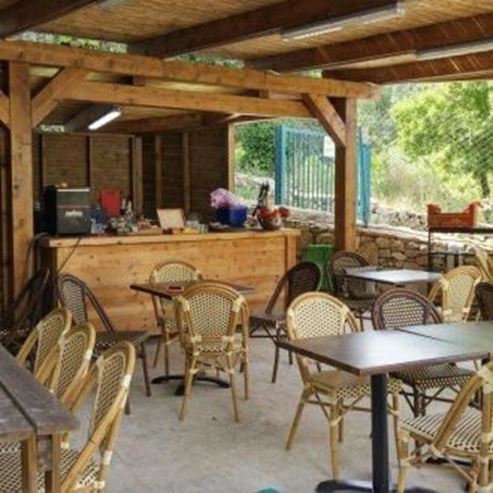
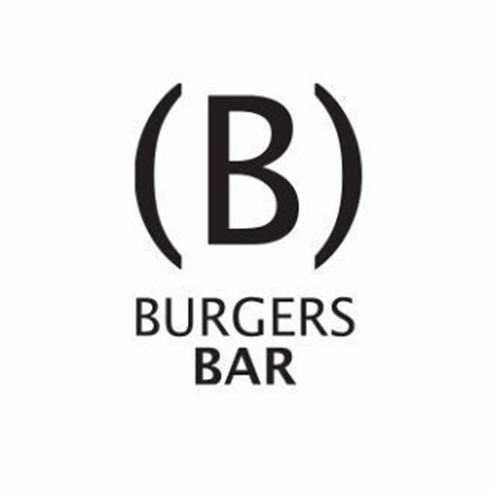

Cafe Joe Mevaseret
